That beautiful Christmas tree is now a pleasant memory and you’ve put your houseplants back in front of the windows and on the end table under the reading light. Do they look a little tired? Dusty? Yellow and leggy?
How can you make houseplants thrive in the winter when the level of light is lower and our houses are dry and heated by wood burning stoves or central heaters? What are the easiest plants to grow inside? Can they really remove pollutants from the air inside my home?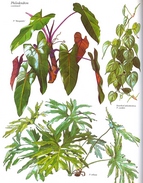
If these questions and more have you up nights in a quandry, this column is for you. You can have the interior of your house looking like the tropics in just a few easy steps.
Allow your plants to absorb as much precious light as possible by dusting off the leaves. You can do this by using a moist cloth or paper towel to wipe each leaf or place the entire plant under lukewarm water in the sink. Running water through the soil a couple of times will leach out accumulated fertilizer salts, too. Although you do want to reduce water and fertilizer during the winter months, your plant will enjoy their bath.
If you’ve had a regular watering plan, scale back. Water just enough to keep the soil from going totally dry. Poke your finger about an inch down into the soil for a typical six inch houseplant. If it’s dry, water. Be sure to dump excess water out of saucers after 15 minutes to keep roots from rotting. If your plant is in a larger pot, allow the soil to dry two inches down from the surface before watering. It’s not unusual for a plant of this size, if in a cool room, to go 2-4 weeks between waterings. Plants that need water once a month or less in winter include anything resembling a succulent ( jade plants, echiums, cactus). I water mine lightly every six weeks
.
Here in the Santa Cruz mountains many of us live under trees that block available light during the winter and cloudy days can further lower the amount of light your plants receive. Move plants into the best light. you have. If a plant is sitting in a dark corner, move it closer to the window. You may have to choose how many plants to overwinter based on available window light. To avoid unnecessary trauma, don’t repot a plant in winter. If you’ve acquired a new plant, it’s best to put it inside the next size pot for the time being and replant it when the growing season resumes in March or April. Most plants grow happily for years in the same pot and soil with proper fertilizing during the growing season.
Plain green leafy types do best when there’s less light. Scheffleras, arboricola, philodendrons like heart-leafed , selloum and split-leafed, pothos, Chinese evergreen, peace lily and ferns look good even in dreary conditions. They come from the under-story of jungles and grow naturally in low-light areas.
Fertilize less often. Some houseplant growers skip fertilizing in December and January, starting up again with half strength fertilizer in mid-February. Think of your houseplants as essentially dormant in winter. They need fertilizer only when active growth resumes.
Avoid cold drafts. Most houseplants can handle slightly cooler temperatures at night but detest blasts of chilly air. Avoid placing most plants near drafty, high-traffic areas such as a foyer or hallway. Ficus trees are famous for dropping leaves when exposed to temperature changes.
Many common houseplants help fight pollution indoors. They’re reportedly able to scrub significant amounts of harmful gases out of the air, through the everyday processes of photosynthesis. Some pollutants are also absorbed and rendered harmless in the soil. Plant physiologists already knew that plants absorb carbon dioxide and release oxygen as part of the photosynthetic process. Now researchers have found many common houseplants absorb benzene, formaldehyde and trichloroethylene, as well.
Some houseplants are better at removing from the air, while others do a better job on benzene; none is much help when it comes to tobacco smoke. But there are enough known plants that do a good job of removing pollutants from the air we breathe to cause us to view houseplants as more than just an attractive feature in decorating the interior environment.
If your home is old enough to be leaky and drafty, you may not need to worry about "sick-building syndrome." But if you live in a newer, energy-efficient home with windows and doors tightly sealed, or you work in a building where the air feels stale and circulation seems poor, the liberal use of houseplants seems like an easy way to help make a dent in the problem.
One is the common succulent, Aloe vera (now renamed Aloe barbadensis), also known as "medicine plant." Many people already have one in a bright kitchen window because of the soothing, healing properties its viscous inner tissue has on burns, bites and skin irritations.
Most of the plants evolved in tropical or sub-tropical forests, where they received light filtered through the branches of taller trees. Because of this, their leaf composition allows them to photosynthesize efficiently under relatively low light conditions, which in turn allows them to process gasses in the air efficiently.
Soil and roots were also found to play an important role in removing air-borne pollutants. Micro-organisms in the soil become more adept at using trace amounts of these materials as a food source, as they were exposed to them for longer periods of time. Their effectiveness is increased if lower leaves that cover the soil surface are removed, so there is as much soil contact with the air as possible.
NASA studies generated the recommendation that you use 15 to 18 good-sized houseplants in 6 to 8-inch diameter containers to improve air quality in an average 1,800 square foot house. The more vigorously they grow, the better job they’ll do for you.
The best indoor pollution fighters are:
* Hedera helix English ivy
* Chlorophytum comosum spider plant
* Epipiremnum aureum golden pothos
* Spathiphyllum `Mauna Loa’ peace lily
* Aglaonema modestum Chinese evergreen
* Chamaedorea sefritzii bamboo or reed palm
* Sansevieria trifasciata snake plant
* Philodendron scandens `oxycardium’ heartleaf philodendron
* Philodendron selloum selloum philodendron
* Philodendron domesticum elephant ear philodendron
* Dracaena marginata red-edged dracaena
* Dracaena fragrans `Massangeana’ cornstalk dracaena
* Dracaena deremensis `Janet Craig’ Janet Craig dracaena
* Dracaena deremensis `Warneckii’ Warneck dracaena
* Ficus benjamina weeping fig

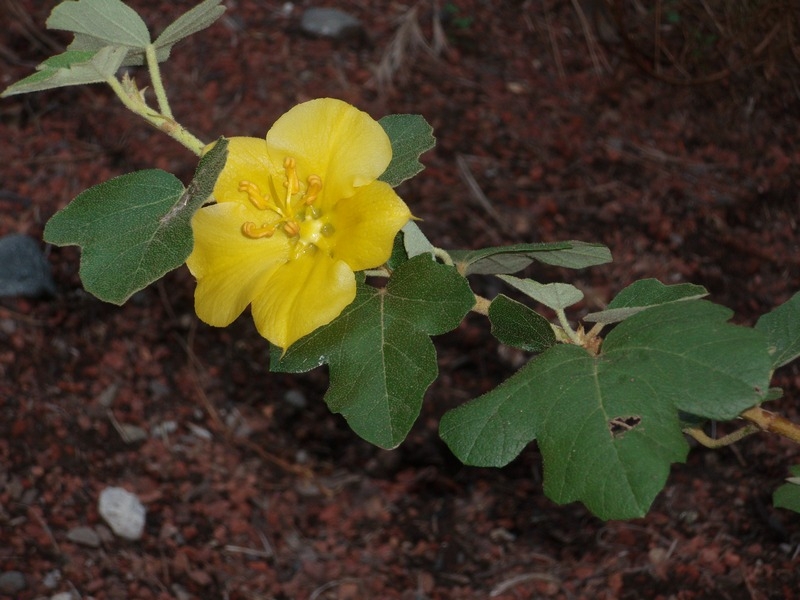
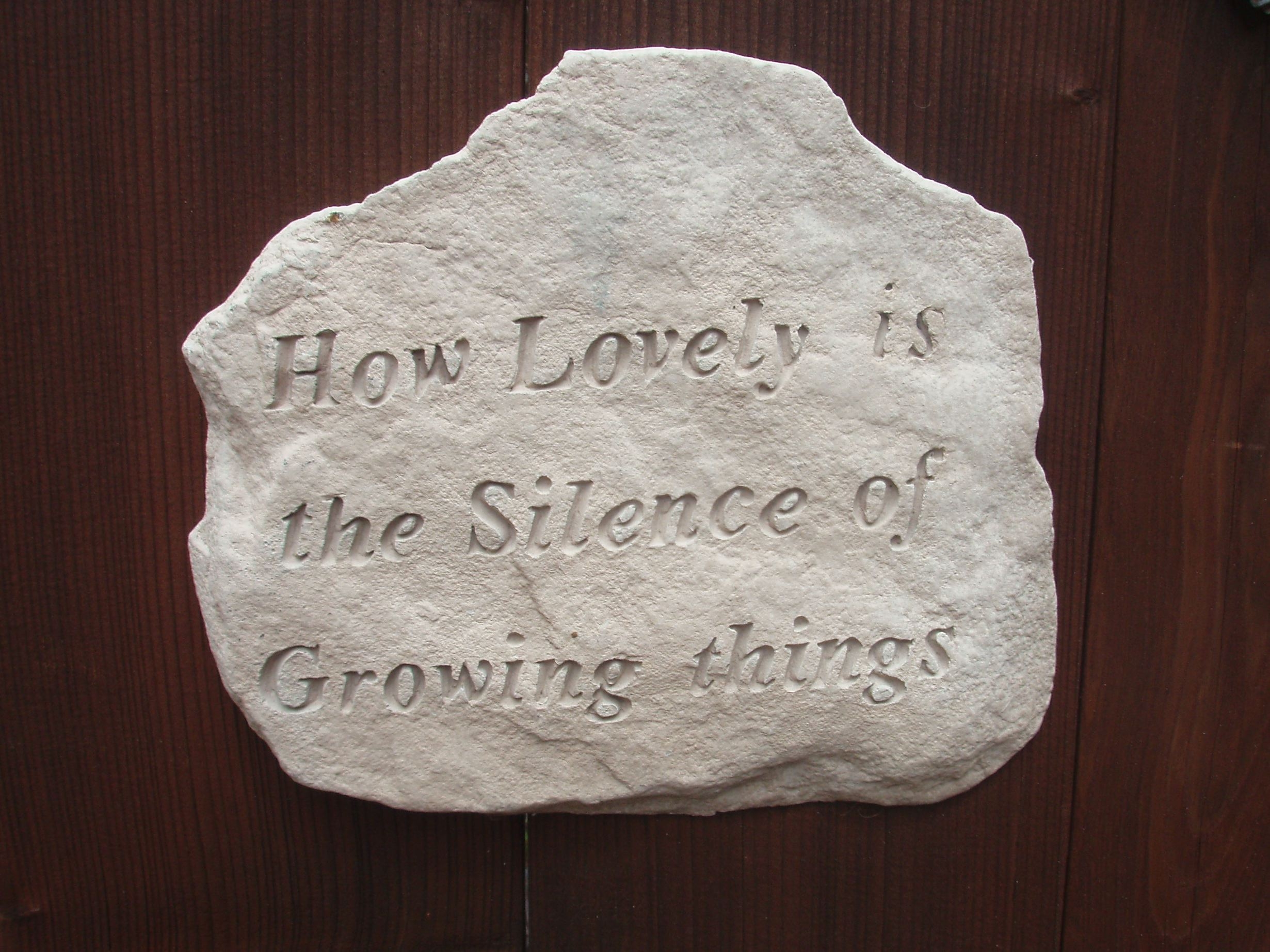
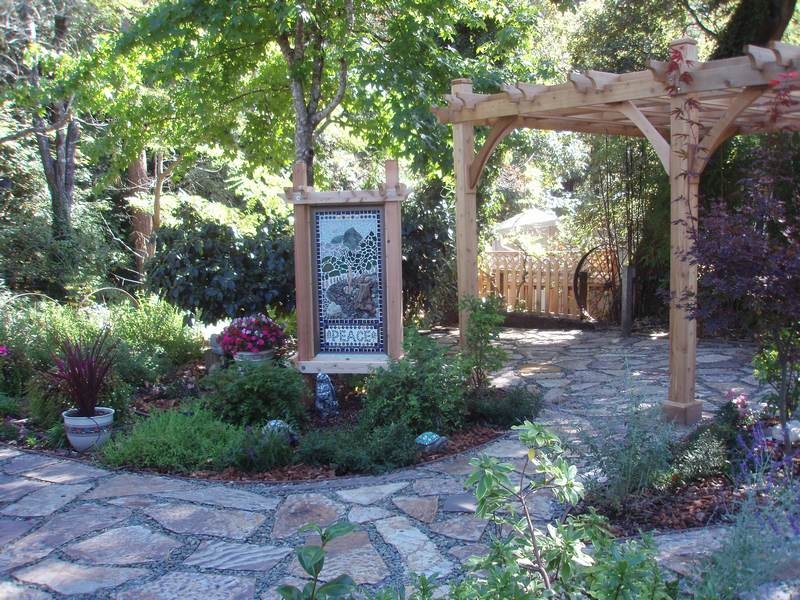
 A poem for Gardeners
A poem for Gardeners 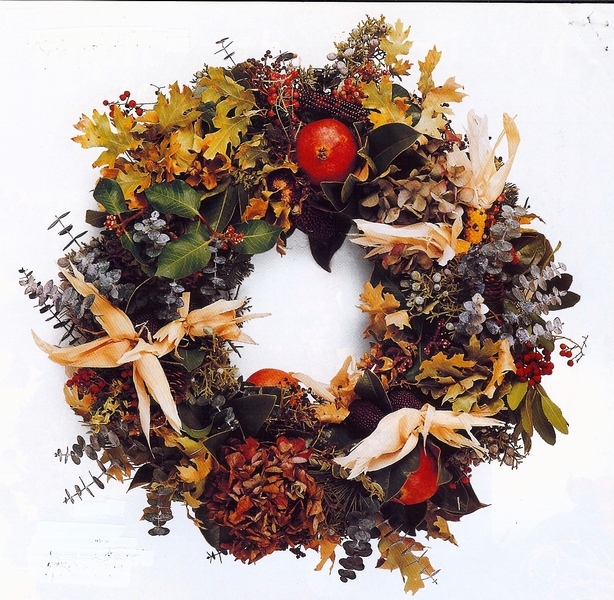 ing a little pruning done? While you’re in the decorating mood, take advantage of this opportunity to prune your evergreens to use in wreaths and swags. Cuttings from Douglas fir, redwoods, pine, holly, mahonia, make fine additions to your wreaths and swags. But don’t whack off snippets indiscriminately. To reveal the plant’s naturally handsome form, prune from the bottom up and from the inside out. Avoid ugly stubs by cutting back to the next largest branch or to the trunk. If the plant has grown too dense, selectively remove whole branches to allow more air and sunlight to reach into the plant. To force upward growth, cut the branch just beyond an upward facing shoot. To foster spreading growth, cut the branch just beyond a downward facing shoot.
ing a little pruning done? While you’re in the decorating mood, take advantage of this opportunity to prune your evergreens to use in wreaths and swags. Cuttings from Douglas fir, redwoods, pine, holly, mahonia, make fine additions to your wreaths and swags. But don’t whack off snippets indiscriminately. To reveal the plant’s naturally handsome form, prune from the bottom up and from the inside out. Avoid ugly stubs by cutting back to the next largest branch or to the trunk. If the plant has grown too dense, selectively remove whole branches to allow more air and sunlight to reach into the plant. To force upward growth, cut the branch just beyond an upward facing shoot. To foster spreading growth, cut the branch just beyond a downward facing shoot.